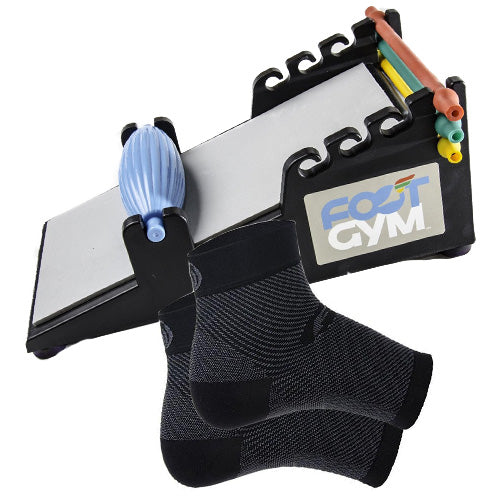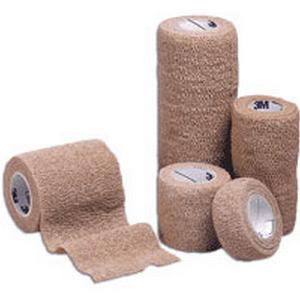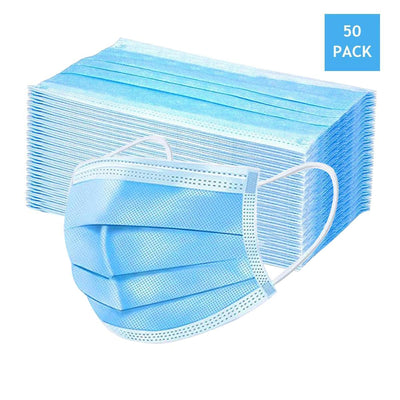Unless you need to start using a catheter or have had to use a catheter before, you probably do not know much about them. Urinary catheters are either internal or external catheters. The internal catheters are small, hollow, flexible tubes used to drain the bladder of urine. While, the external catheters are a sheath that covers the penis and is used to manage incontinence by collect the urine that leaks out. Urinary Catheters are used when someone cannot control when they urinate, have urinary incontinence, have urinary retention, are needing surgery, or have a diagnosis that inhibits the bladder from emptying normally.
There are three main types of Catheters: intermittent catheters, indwelling catheters, and external catheters. Both intermittent catheters and indwelling catheters are considered internal urinary catheters, and as the name suggests, external catheters are considered external urinary catheters. Read on to learn more about these 3 types and the different types of each.
Intermittent Urinary Catheters
Intermittent Urinary Catheters, sometimes referred to as in-and-out catheters or single-use catheters, are going to be your most common catheters when used for the purpose of urinary retention or if the bladder cannot drain properly. These catheters are used on demand to empty the bladder and are discarded immediately after use. This process is referred to as self- catheterization and are used by people of all ages.
These guys are going to have the most variants involved, whether it be the material, tip, length, width or configuration/ coating. However, in all cases these are a straight flexible tube made of either plastic or rubber. The end of the tube that is inserted into the bladder is going to have a rounded tip and have drainage eyelets slightly below. The other end of the tube is going to have a funnel end or will be contained inside a bag.
Materials: What can urinary catheters be made of?
- Red Rubber latex
- Plastic
- Vinyl
- Silicone
- Latex
-
- Straight Tip
- Also called a nelaton tip, these are your standard intermittent catheters, these feature a straight tip that is inserted into the bladder. If you are a female or pediatric user, you will most likely be using a catheter with a straight tip.
-
- Coude Tip
- These intermittent catheters feature a curved tip that is inserted into the bladder. The angle of the tip allows for male patients to snake around strictures or pass an enlarged prostate. There are several types of Coude tip styles, including olive tip (a more bulbous tip), a Tiemann tip (this has an exaggerated angle) or standard Coude tip with a round ending at a basic curved angle.

Lengths: What are the different lengths of Intermittent Urinary Catheters?
There are different lengths of intermittent catheters because of the different anatomies of the individuals utilizing them. The length of your urethra is different depending on if you are a male, female, or child. The length can also vary based on the manufacturer, for example, Cure makes a Cure Pocket XL that is 25” long. However, the standard lengths of catheters are as followed:
-
- Male Length, is typically 16 inches
-
- Female Length, is typically 6 inches
-
- Pediatric Length, is typically 10 inches

Widths: How many different widths are there?
A catheter French size (Fr) is what indicates the width of the catheter and is the universal gauge system for catheters. It is important to have multiple different sizes and to choose the right one for both comfort and efficiency. For example, if it’s too small this can result in a decreased drainage pace, and/or leakage around the tube during catheterization. On the other hand, using a catheter size that is too large can result in a more painful and difficult insertion.
There are a range of widths available and are indicated by the color of the funnel.
- - Pediatric Catheters usually range from 6-14 Fr
- - Female catheters have an average French size of either 12 or 14 Fr
- - Male catheters have an average French size of either 14 or 16 Fr
Configuration/Coating
Intermittent catheters come in a few different configurations, which includes how they are packaged and the coating on the product. Regardless of the configuration they are available in a coude or straight tip.
-
- Uncoated Urinary Catheters
- These are your standard intermittent catheter and you will need to apply lubricant before insertion in order to improve comfort, reduce friction, and reduce your chance of complications.
- - Hydrophilic or Pre-Lubricated Catheters
- These catheters have a coating on the outside of the product that reacts with water and becomes very slick for insertion. Often times this product will come with a water sachet or packet and will need to be broken before opening the package to activate the hydrophilic coating. Once the packet is broken, it is recommended to “see-saw” the package back and forth to fully lubricate the catheter. Alternatively, they can come with the coating already applied so they are ready to use without additional work.
-
- Pocket Catheters or Compact Catheters
- These catheters were created to improve the discreetness of catheterization and make it easier to carry with you. In the compact form they are the size of a cosmetic item, are pre-lubricated, and ready-to-use. They typically have shorter lengths than the usual lengths, 6” for females and 16” for males, but will reach the bladder and effectively drain for most people. Alternately, males have the option of using a pocket catheter that is in a U-shape package to fit in their pockets.
-
-
- Closed System Catheter and Catheter Kits
- Closed System Intermittent Catheters allows you to maintain a sterile field throughout the process of intermittent catheterization reducing the risk of urinary tract infections (UTI’s). The closed system catheters have an added benefit of improving the ease of the self-catheterization process by offering a convenient, discreet, secure and reliable catheterization regardless of where you are. The closed systems feature a pre-lubricated catheter with either a straight or coude tip and is integrated into a collection bag. Some of the closed systems feature an ‘introducer tip’ that allows the catheter to skip through the first millimeter of the urethra, where most of the bacteria is found, therefore, reducing the risk of an infection even more. These are available in a kit configuration, which will typically include a closed system catheter, gloves, an under pad, sterile wipes and/or swab sticks.
- *You can get a kit configuration with any catheter, you can either get them with a catheter included or without.
- Closed System Intermittent Catheters allows you to maintain a sterile field throughout the process of intermittent catheterization reducing the risk of urinary tract infections (UTI’s). The closed system catheters have an added benefit of improving the ease of the self-catheterization process by offering a convenient, discreet, secure and reliable catheterization regardless of where you are. The closed systems feature a pre-lubricated catheter with either a straight or coude tip and is integrated into a collection bag. Some of the closed systems feature an ‘introducer tip’ that allows the catheter to skip through the first millimeter of the urethra, where most of the bacteria is found, therefore, reducing the risk of an infection even more. These are available in a kit configuration, which will typically include a closed system catheter, gloves, an under pad, sterile wipes and/or swab sticks.
Typically, Insurance will cover 200 intermittent catheters a month. If they are uncoated catheters, they will cover your lube needed for the month as well.
Indwelling Urinary Catheters
Indwelling Urinary Catheters, also called Foley Catheters, are typically used for long term use. Unlike intermittent catheters, these catheters remain inside of the bladder for an extended period of time and continuously drain the bladder of urine into a collection bag. Once the catheter is inserted into the bladder, they are held in place by a balloon that is inflated with sterile water. These catheters are commonly used in the hospital setting, if you have ever had a baby or had surgery you most likely have used an indwelling catheter. A healthcare professional will insert these, and you will have check ups to get them changed out as needed.
There are two types of indwelling catheters. The first is a urethral indwelling catheter, which is inserted through the urethra into the bladder. The second is a suprapubic indwelling catheter, which is inserted through the stomach directly into the bladder.
Typically, Insurance will cover 1 Foley/month. 2/leg bags and 2/drain bags.
External Urinary Catheters
External Urinary Catheters are often referred to as Condom Catheters due to the way they are applied. As the name suggests these catheters resemble a condom and are applied to the penis in a similar fashion. These bad boys are typically used for patients with urinary incontinence and are a great alternative to diapers or briefs. They are a thin sheath of material, typically either latex or silicon, with a tip that is connected to a tube and a collection bag.
There are two main types of external catheters and it comes down to the way they are attached and secured. The first type is a self-adhering catheter, which features adhesive on the inside sheath of the catheter, so once you put it on and roll it down, it will stay in place without any extra steps. The second type is one with a strip that is applied on the outside of the catheter. This catheter is smooth on the inside, has no adhesive on the sheath, and comes with an adhesive or Velcro strip that must be wrapped around the base to hold the catheter in place. They work the same, but each person is different in which they prefer. Additionally, one of the newer external catheters is called a Men’s Liberty, which attaches to the very tip of the penis using an adhesive petal like cover. If you are interested in finding out more about the Men’s Liberty, contact us today!
Typically, Insurance will cover 35 external catheters a month.
Our Promise
If you ever have any questions regarding catheters, give us a call and talk to one of our highly trained professionals. We are here to help and here to make the process of obtaining medical supplies, like urinary catheters, as easy as possible.
We are in network with most major insurance companies and will work with you to find a solution that works specifically for your situation. We know everyone is different, so your service should be personalized!
You can count on us to provide the highest quality of service in our industry, because your health and well-being is our #1 priority.
Contact us today if you would like to learn more about any of the catheters above and if you would like to sample any of them!




























































































